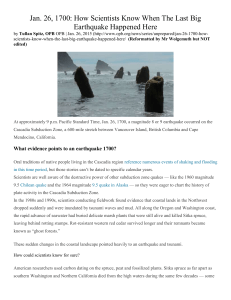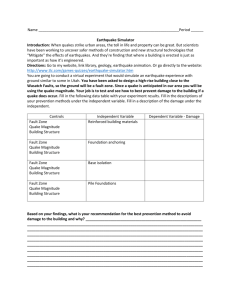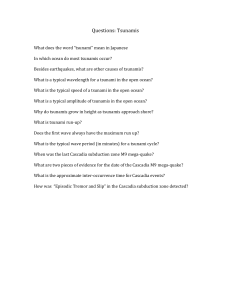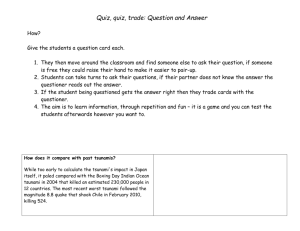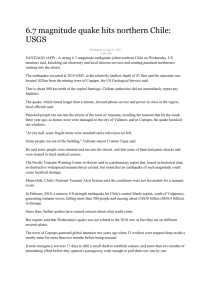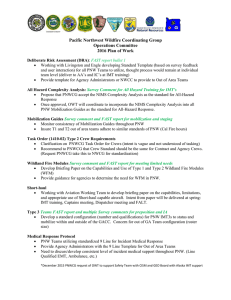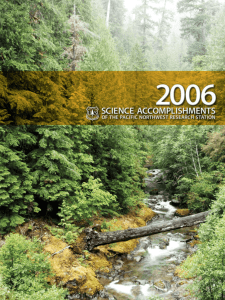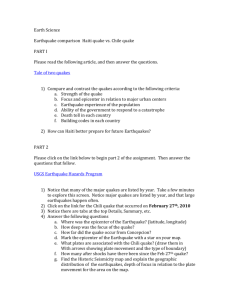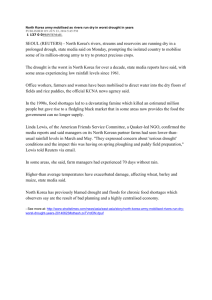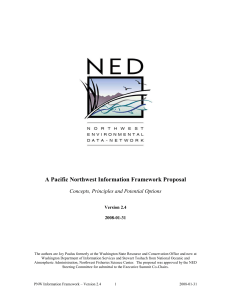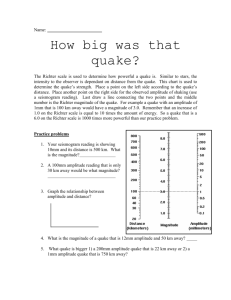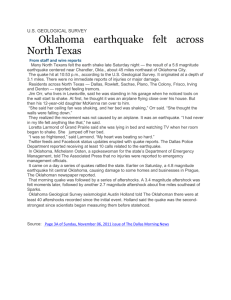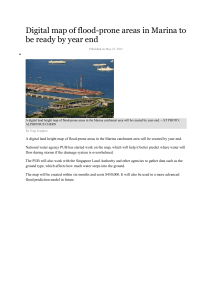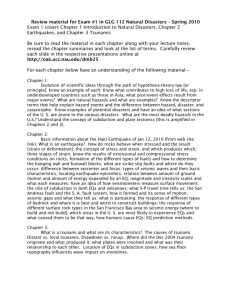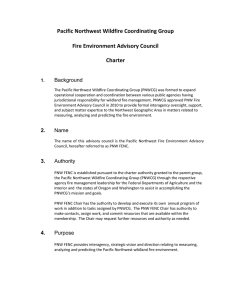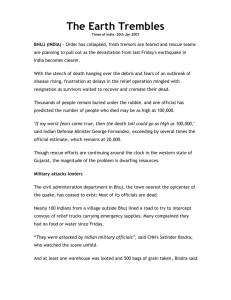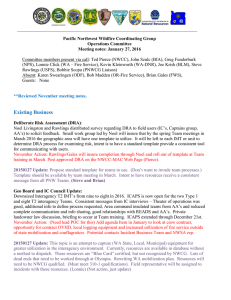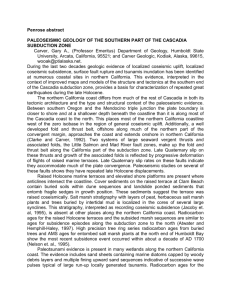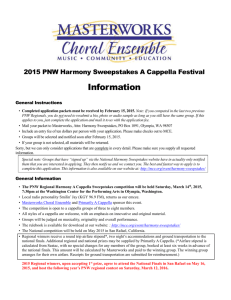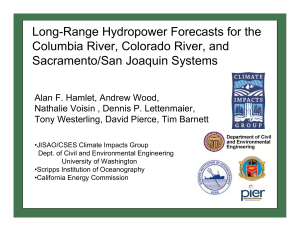The Really Big One Questions
advertisement
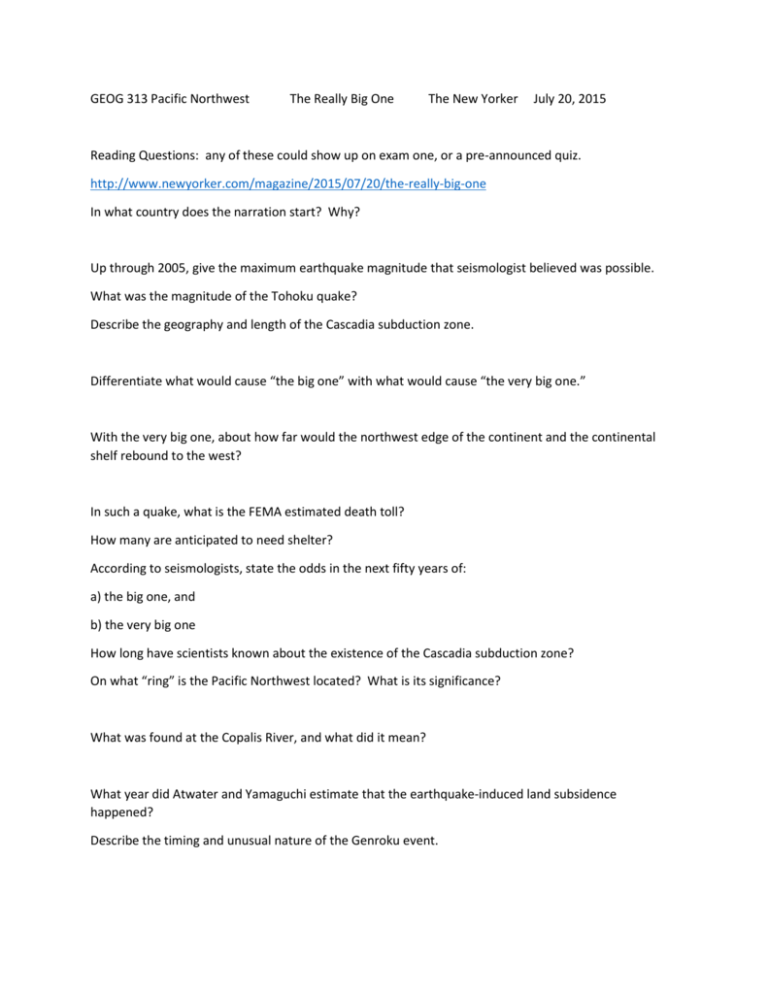
GEOG 313 Pacific Northwest The Really Big One The New Yorker July 20, 2015 Reading Questions: any of these could show up on exam one, or a pre-announced quiz. http://www.newyorker.com/magazine/2015/07/20/the-really-big-one In what country does the narration start? Why? Up through 2005, give the maximum earthquake magnitude that seismologist believed was possible. What was the magnitude of the Tohoku quake? Describe the geography and length of the Cascadia subduction zone. Differentiate what would cause “the big one” with what would cause “the very big one.” With the very big one, about how far would the northwest edge of the continent and the continental shelf rebound to the west? In such a quake, what is the FEMA estimated death toll? How many are anticipated to need shelter? According to seismologists, state the odds in the next fifty years of: a) the big one, and b) the very big one How long have scientists known about the existence of the Cascadia subduction zone? On what “ring” is the Pacific Northwest located? What is its significance? What was found at the Copalis River, and what did it mean? What year did Atwater and Yamaguchi estimate that the earthquake-induced land subsidence happened? Describe the timing and unusual nature of the Genroku event. How long did it take the tsunami wave to hit the PNW coast after the quake? What was the magnitude of the quake? What was the cultural evidence of the event here in the PNW? How many subduction zone quakes has the PNW experienced in the past 10,000 years? What is the average return interval? Describe the early warning system in Japan, and what its life-saving functions are. Compare the early warning system in the PNW with that of Japan above. Make a list of five or more things that would affect you in a subduction quake. What is liquefaction? Summarize the resultant vulnerabilities to it in the PNW as described by the author Schulz. What can be legally built, and not be built, in the Oregon tsunami flood zone? What is the estimated death toll? For what time of year? In what season could it be much worse? Explain. Summarize the OSSPAC estimates on how long it will take to restore, in the Willamette Valley: electricity drinking water sewer service major highways health care facilities Relative to the Willamette Valley, describe restoration times on the Coast. (eg, longer or shorter) Describe the tsunami vulnerability of schools in the Seaside area, and the outcome of the bond measure that proposed to raise taxes $2.16 per $1000 of property value so that a K12 school could be built there.

